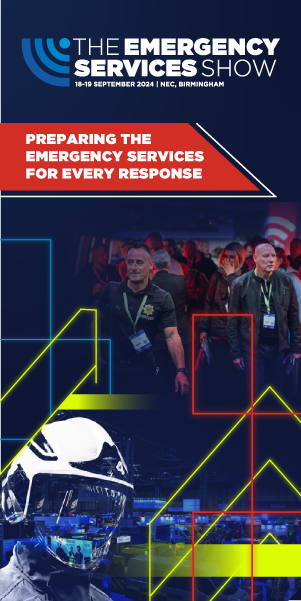Every Young Offender’s Institute offers education classes as well as practical training courses that help to advance skills and improve people’s chances of finding a job once they have been released. However, one particular Youth Offending Team (YOT) and City Learning Centre (CLC) has taken a creative approach to this concept, using ICT with some very positive results. Alex Jones from Sheffield West CLC discusses how educational software has been instrumental in addressing central Government policy, by helping young offenders examine their behaviour and become more responsible citizens.
‘Comparisons of the educational background of young people supervised by the youth justice system with the general population show that, on average, young offenders have had difficult and often poor previous experiences of education. Lack of statutory education was one of the largest factors associated with re-offending according to a study by the Youth Justice Boards in 2005 (DCSF/HO/YJB 2007).
Teamed with the fact that, according to the Prison Reform Trust, over two-thirds of young offenders are expected to re-offend within two years of release, it is vital that we find effective ways of educating these youths about their crimes. Through a scheme led by the Sheffield Youth Offending Team, staff were looking for something to use with their young offenders group that was easy to use, would motivate them to talk openly about their crimes, and remove barriers to explore their behaviour. It was agreed that ICT was a tool to achieve this. The CLC supported the scheme by providing space, equipment and training for these professionals.
Of course ICT has many positives, but also a number of negatives too, especially when working with young offenders. Generally students find it more motivating, and we find that they don’t need an awful lot of skill to make the finished product look good. In this way, everyone can contribute. Some individuals however don’t have a great deal of patience, and can become angry and quickly frustrated if things don’t work the way they want it to. It is therefore important to use software that works quickly and effectively, without being too complicated.
Every two to three weeks for an afternoon, Youth Offending Staff work on storyboarding with a program called Kar2ouche from Immersive Education. The Kar2ouche storyboarding tool, with 56 different content titles, is used in around 7,000 UK schools. The workers encouraged students to retell their crimes, such as vandalism and street altercations, from the point of view of the victim. Persuading them to think about how the victims of their crime would feel puts them in a different perspective. They can choose different 3D characters to represent the parties involved; themselves, the victim, their parents, etc.
These can then be placed onto suitable backgrounds, and relevant props can be added to complete the scenarios. These retellings were then challenged to help the young offender examine the choices they made and talk about how they might do things differently next time. The software encourages reflection without preaching or dictating – the young people go off in their own direction with their storyboards and in this way they have a sense of control and ownership over their own learning.
The students, many of whom have not been in education for a while, tend to settle within five to ten minutes, and subsequently stay focused on the task and remain calm. Staff support and engagement value of the software are both two major factors in the success of this programme, and the Sheffield Youth Offending Team has now purchased the software themselves and are able to run this project independently.
Games-based learning
The success of the Kar2ouche scheme led to the development of a second project using MissionMaker game authoring software. Although not currently running, this scheme involved a group of young people mostly subject to Intensive Supervision Orders meaning that they are obliged to attend these sessions, although are under no obligation to engage once they get there. During the sessions students were shown a particular aspect of a game and taught how to use MissionMaker to create this. They subsequently created 3D worlds, added game rules, characters and speech. From this they expressed a huge sense of achievement and were able to pass the games they produced onto their friends to play.
Donna Burton-Wilcock, CEO of Immersive Education, is thrilled by the success of the projects: -We are proud to support such an innovative and important scheme where young people can be fully engaged in the process of understanding their situation and the implications of their actions. Multimedia products appeal to a wide range of learning preferences and have the advantage of being able to reinforce learning in a multi-sensory way through the use of visual and auditory stimuli. However, we shouldn’t under-estimate the role played by the talented staff and patient volunteers working on both projects. Their empathy with, and understanding of, the young offenders encouraged their progress and facilitated learning.
Since the first project started, we have had a few hundred young offenders through the doors. According to Barry Phillips, who formally evaluated the project, there have been some notable success stories where it is difficult to identify an alternative project which would have had the same impact. Similar projects which introduce and address issues of actions and their consequences can be very powerful, and are well placed to meet the demands of recent central Government policy developments, namely: accredited skills development; supported progression to further education or return to education; developing links with employers and concepts of restorative justice.
For more information on Kar2ouche or MissionMaker, visit Immersive Education’s website:
www.immersiveeducation.com








Recent Comments